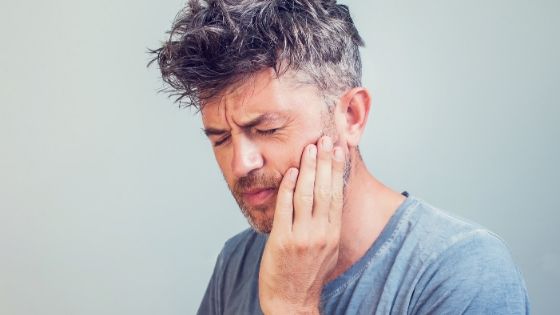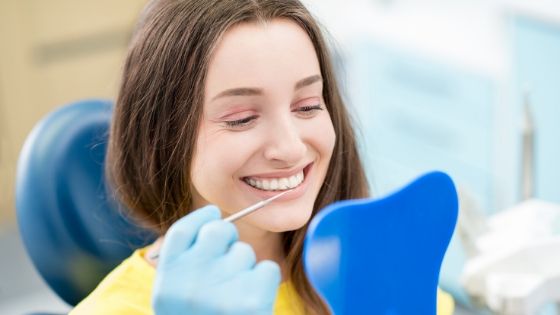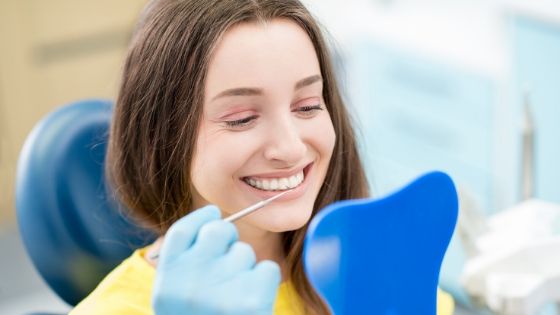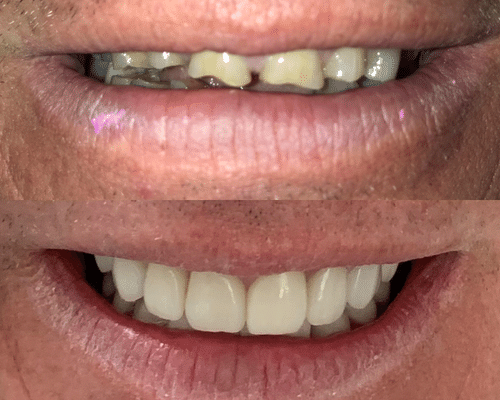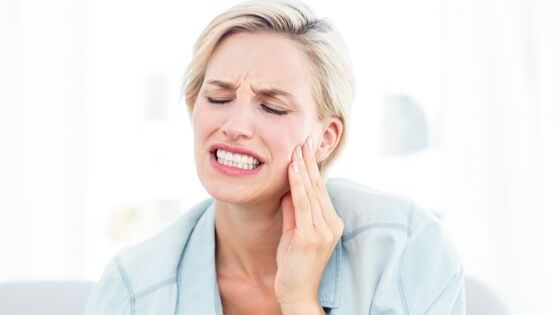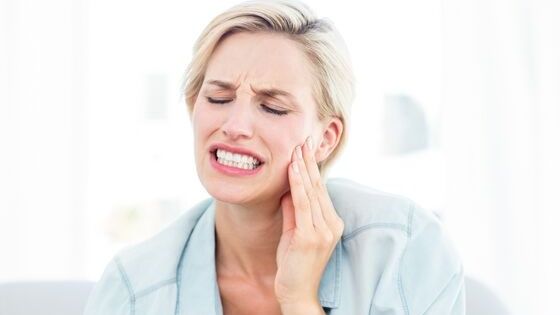Preventing Dental Problems
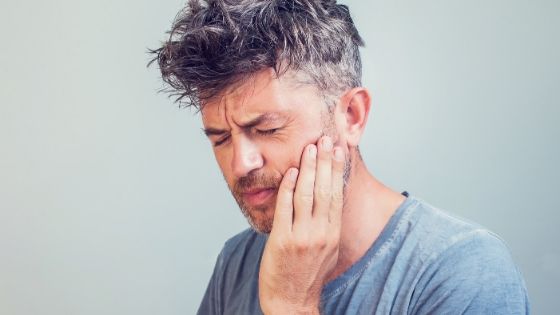
Clichés may be tired and overused, but there is often an element of truth to them. This is particularly true when considering “prevention is better than a cure.” When it comes to dental problems, there are certain treatment solutions for each issue. However, preventing dental problems from becoming an issue in the first place could save you a significant amount of time, money, and discomfort.
At Green Dental Care, we are always happy to offer you the best treatment solutions for any number of dental concerns. Dr. Christopher Green and Dr. Ionescu offer a compassionate touch that will help to put you at ease while restoring your beautiful smile. They also offer some great handy tips on preventing dental problems.
Don’t Forget to Brush Your Teeth
It should go without saying that brushing your teeth is one of the most effective tools you have to combat tooth decay and gum disease. You should be brushing your teeth at least twice a day, to help get rid of the food debris and bacteria that are responsible for decay and disease.
Our friend, Dr. Kristina Neda, a dentist in Georgetown, KY, suggests using a toothpaste that contains fluoride, as it can offer added protection for fighting bacteria. She says that people who use fluoride toothpaste see an improvement in their overall oral health.
Wait To Brush After Drinking Coffee
We need that cup of java to get our day started off right. However, it’s suggested that you wait at least 30 minutes after drinking your coffee before you brush your teeth. This is because coffee is very acidic and could result in damage to the teeth if you brush too soon after drinking that cup of joe. Of course, you should also avoid brushing after drinking orange juice too, but that’s only because of the shudder-inducing taste combinations.
Don’t Forget to Floss
Everyone knows that they should be brushing and flossing daily. But many simply skip the flossing part for one reason or another. Flossing is so important, however. It can help to remove food that gets stuck between your teeth, while also helping to remove buildups of plaque between the teeth and along the gum line. Brushing will get most of this, certainly. It won’t be able to get it all, however.
Flossing, combined with a good brushing routine and the use of a good mouth wash will go a long way towards ensuring good oral health.
Considering the Foods You Eat
No matter how good your daily oral hygiene routine is, there are some foods and drinks that can contribute towards the breaking down of the enamel on your teeth. This can result in tooth decay, and may even result in the loss of teeth. Some of the things that you should skip or at least enjoy only in moderation include the following.
- Sugar-filled sodas, as they can lead to excess acid that can impact the enamel. Even diet sodas are a concern.
- Candy and other sugary treats aren’t the best in choice if your ultimate goal is to ensure a healthy mouth. There’s no need to avoid them completely if you want to indulge, but try to avoid candies that are sticky and chewy, as they can stick to your teeth much longer than other sweet treats. This can give the acid and bacteria more time to wear down your enamel.
- Wines, both red and white, can have an impact on your teeth. Red wine, along with coffee and tea, can stain your teeth. White wine is much more acidic and can contribute towards the breakdown of the enamel.
- White bread, pasta, and other starch-filled foods can prove to be damaging due to your saliva breaking them down into sugars that can stick to your teeth. Whole wheat products are often the better option if you’re needing your carbs.
Keep your teeth healthy scheduling your dental appointments with the best dentist Parker CO. At Green Dental Care, we offer restorative solutions, cosmetic dentistry options to include veneers and teeth whitening. To learn more about our dental services, contact our dental office in Parker, CO.


